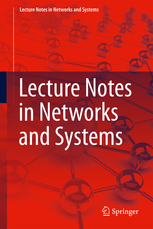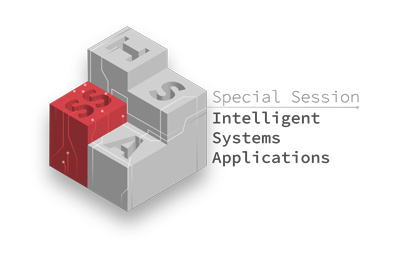Scope
The special session entitled Audio and video analysis and patter recognition (AVARP) is a forum that will share ideas, projects, research results, models, experiences, applications, etc., focusing on video and/or audio analysis based on, but not limited to, artificial intelligence approaches. As part of the 22th International Symposium Distributed Computing and Artificial Intelligence 2025 will be held in Lille (France), and the session will be developed in a hybrid format (onsite and online).
Topics
In recent years the applications of analysis for both audio and video have grown exponentially. The approaches based on AI methods, highly developed in recent years, allow the detection and identification of different events or patterns on video and audio streaming or recorded files. These items could be related with different behaviours or situations directly related with the application under scope.
Although the session is aimed to present advances on any field, the project IA4birds deals with technological solutions in Artificial Intelligence and the Internet of Things (IoT) to optimize the location and operation of wind farms while minimizing the impact of these energy plants on birds and biodiversity. Biodiversity studies prior to determining the location and potential solutions to avoid impacts on wind turbines are essential activities for the proper functioning of wind farms, respecting the environment and promoting the deployment of renewable energy in suitable areas. This approach enables the use of artificial intelligence techniques such as computer vision, audio monitoring, and recommendation models for study areas incorporating legal, wind, and biodiversity information of a given region.
The relevant topics for this workshop will focus especially on applications, but also on theoretical approaches, based on (but not limited to):
- IoT equipment or infrastructure for audio and/or video monitoring.
- IoT biodiversity monitoring.
- Smart sensors for real-time biodiversity tracking.
- AI systems for audio and/or video analysis.
- AI applications in environmental monitoring.
- AI-enhanced habitat protection solutions.
- Computer vision solutions for species identification.
- Applications in image analysis, classification and explainable AI
- Cloud and edge computing for biodiversity applications.
- Smart surveillance systems for disaster prevention.
Program Committee
- María Teresa Santos Martín - University of Salamanca
- Vicente Julián - Polytechnic University of Valencia
- Alberto Fernández - Rey Juan Carlos University
- Albano Carrera - AIR Institute
- Raúl García - AIR Institute
- Carlos Carrascosa - Polytechnic University of Valencia
- Gaetano La Delfa - University of Salamanca

